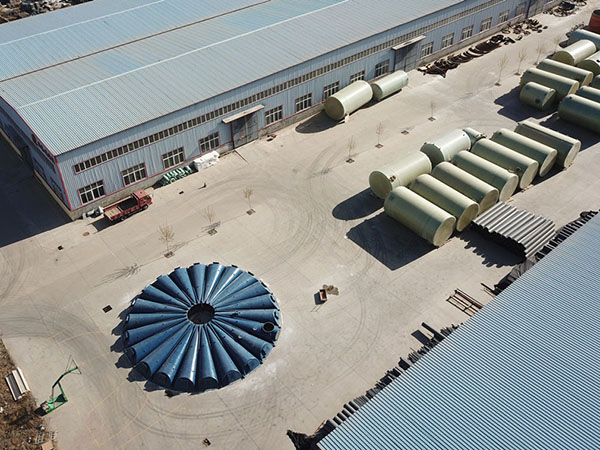
-
 Afrikaans
Afrikaans -
 Albanian
Albanian -
 Amharic
Amharic -
 Arabic
Arabic -
 Armenian
Armenian -
 Azerbaijani
Azerbaijani -
 Basque
Basque -
 Belarusian
Belarusian -
 Bengali
Bengali -
 Bosnian
Bosnian -
 Bulgarian
Bulgarian -
 Catalan
Catalan -
 Cebuano
Cebuano -
 China
China -
 China (Taiwan)
China (Taiwan) -
 Corsican
Corsican -
 Croatian
Croatian -
 Czech
Czech -
 Danish
Danish -
 Dutch
Dutch -
 English
English -
 Esperanto
Esperanto -
 Estonian
Estonian -
 Finnish
Finnish -
 French
French -
 Frisian
Frisian -
 Galician
Galician -
 Georgian
Georgian -
 German
German -
 Greek
Greek -
 Gujarati
Gujarati -
 Haitian Creole
Haitian Creole -
 hausa
hausa -
 hawaiian
hawaiian -
 Hebrew
Hebrew -
 Hindi
Hindi -
 Miao
Miao -
 Hungarian
Hungarian -
 Icelandic
Icelandic -
 igbo
igbo -
 Indonesian
Indonesian -
 irish
irish -
 Italian
Italian -
 Japanese
Japanese -
 Javanese
Javanese -
 Kannada
Kannada -
 kazakh
kazakh -
 Khmer
Khmer -
 Rwandese
Rwandese -
 Korean
Korean -
 Kurdish
Kurdish -
 Kyrgyz
Kyrgyz -
 Lao
Lao -
 Latin
Latin -
 Latvian
Latvian -
 Lithuanian
Lithuanian -
 Luxembourgish
Luxembourgish -
 Macedonian
Macedonian -
 Malgashi
Malgashi -
 Malay
Malay -
 Malayalam
Malayalam -
 Maltese
Maltese -
 Maori
Maori -
 Marathi
Marathi -
 Mongolian
Mongolian -
 Myanmar
Myanmar -
 Nepali
Nepali -
 Norwegian
Norwegian -
 Norwegian
Norwegian -
 Occitan
Occitan -
 Pashto
Pashto -
 Persian
Persian -
 Polish
Polish -
 Portuguese
Portuguese -
 Punjabi
Punjabi -
 Romanian
Romanian -
 Russian
Russian -
 Samoan
Samoan -
 Scottish Gaelic
Scottish Gaelic -
 Serbian
Serbian -
 Sesotho
Sesotho -
 Shona
Shona -
 Sindhi
Sindhi -
 Sinhala
Sinhala -
 Slovak
Slovak -
 Slovenian
Slovenian -
 Somali
Somali -
 Spanish
Spanish -
 Sundanese
Sundanese -
 Swahili
Swahili -
 Swedish
Swedish -
 Tagalog
Tagalog -
 Tajik
Tajik -
 Tamil
Tamil -
 Tatar
Tatar -
 Telugu
Telugu -
 Thai
Thai -
 Turkish
Turkish -
 Turkmen
Turkmen -
 Ukrainian
Ukrainian -
 Urdu
Urdu -
 Uighur
Uighur -
 Uzbek
Uzbek -
 Vietnamese
Vietnamese -
 Welsh
Welsh -
 Bantu
Bantu -
 Yiddish
Yiddish -
 Yoruba
Yoruba -
 Zulu
Zulu
Food-Grade Equipment for Safe and Compliant Food Processing Solutions
Understanding GRP Food Grade Equipment Ensuring Safety and Quality in Food Processing
In the food processing industry, safety and quality are paramount. One crucial aspect that contributes to these standards is the equipment used in the handling, processing, and packaging of food products. Among the various materials used for food-grade equipment, Glass Reinforced Plastic (GRP) has gained significant traction due to its unique combination of durability, chemical resistance, and hygienic properties.
What is GRP?
Glass Reinforced Plastic, commonly known as fiberglass, is a composite material made by combining plastic resin with glass fibers. This combination results in a lightweight yet incredibly strong material, making it suitable for various applications, including food processing. GRP’s non-corrosive and smooth surface finish not only makes it resistant to contaminants but also facilitates easy cleaning, which is essential in any food handling operation.
Advantages of GRP in Food Processing
1. Durability and Longevity One of the most significant benefits of GRP food grade equipment is its longevity. Unlike metals, which can corrode over time, GRP is resistant to a variety of chemicals, including acids and alkalis commonly found in food processing environments. This resilience ensures that businesses can rely on GRP equipment to withstand harsh conditions without compromising performance.
2. Hygienic Properties Maintaining hygiene is critical in the food industry to prevent contamination and spoilage. GRP’s non-porous surface does not harbor bacteria or mold, making it an ideal material for processing food. Additionally, the ability to easily clean and sanitize GRP equipment further enhances its suitability for food-grade applications.
grp food grade equipment

3. Lightweight and Versatile Unlike traditional metal equipment, GRP is significantly lighter, which can reduce transportation and installation costs. Its versatility allows manufacturers to design equipment tailored to specific needs, further optimizing food processing operations. From conveyor systems to storage tanks, GRP can be molded into various shapes and sizes, accommodating diverse production requirements.
4. Cost-Effectiveness Although the initial investment in GRP equipment might be higher than that of some traditional materials, its durability and low maintenance costs make it a wise long-term investment. Companies can benefit from reduced downtime and lower replacement rates, ultimately leading to an improved bottom line.
Applications of GRP in the Food Industry
GRP is increasingly being used in several applications within the food processing sector. Common uses include storage tanks for liquids, carrying and transporting systems, and even structural components in food factories. Its resistance to UV light and weathering also makes it suitable for outdoor applications, such as food preparation areas or open-air markets.
Conclusion
In conclusion, GRP food grade equipment represents a significant advancement in the food processing industry. Its durability, hygienic qualities, and cost-effectiveness make it an ideal choice for manufacturers aiming to uphold strict safety and quality standards. As the food industry continues to evolve, incorporating innovative materials like GRP will be essential in addressing the unique challenges faced in food processing. By investing in GRP equipment, businesses can not only ensure compliance with food safety regulations but also enhance operational efficiency, ultimately leading to better products for consumers. The future of food processing is bright with materials like GRP paving the way for safer and more efficient production processes.









